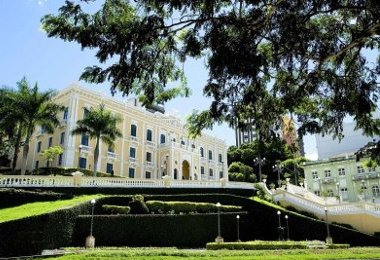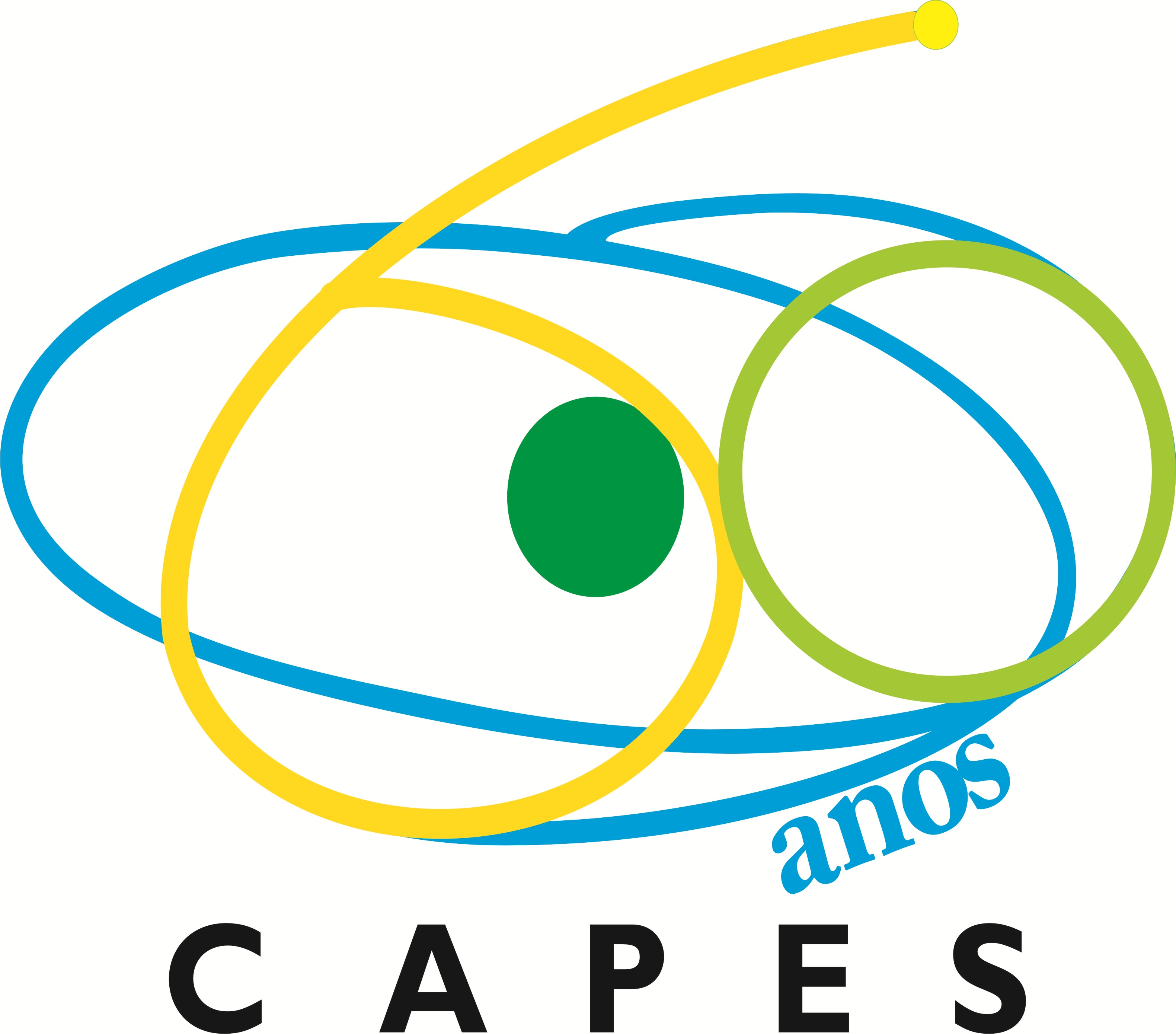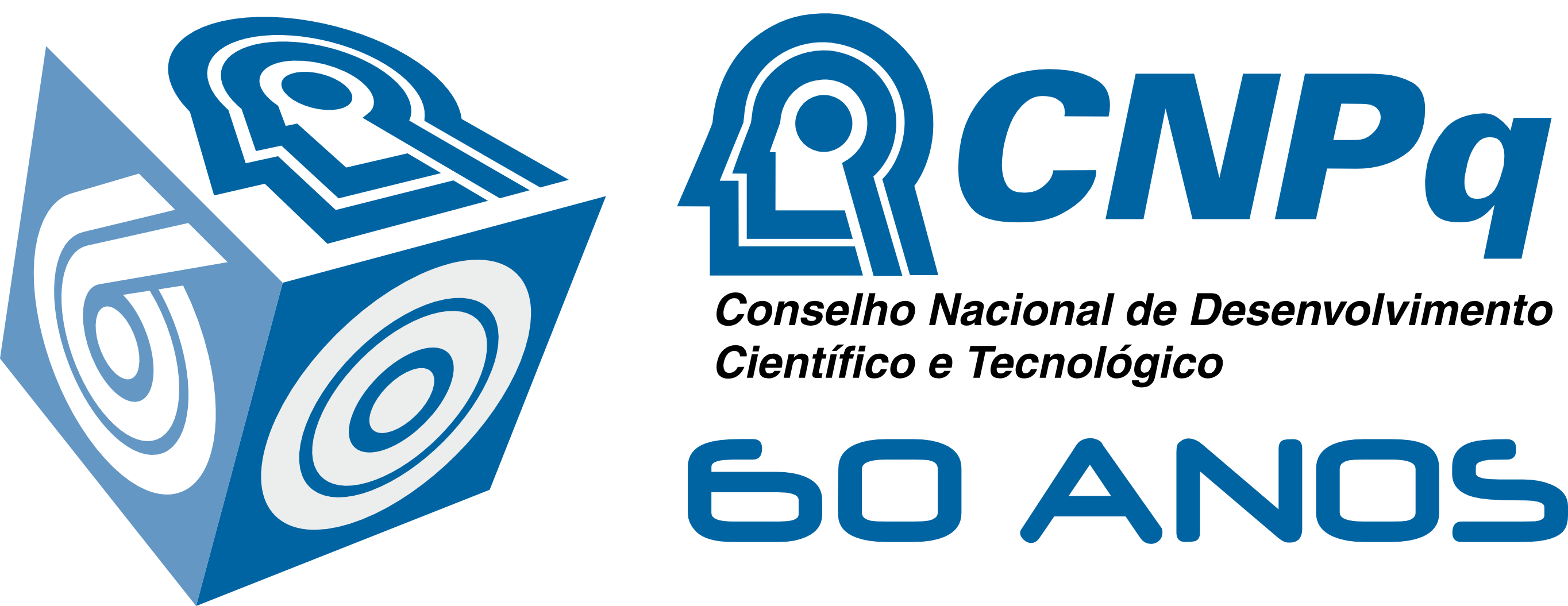Tutorials
Tutorial 1:
Guido Costa Souza de Araújo
(State University of Campinas, Brazil)
(Joint WAMCA/WSCAD Tutorial)
Title:
Loop Parallelization Techniques for VLIW and Multicore Architectures
Presentation available here.
Abstract:
This short-course (2 hours) will cover algorithms and techniques involved in the detection of parallelism available in program loops:
- Data-dependence graphs;
- Loop-carried dependences;
- Software pipelining and its application to VLIW architectures;
- Global trace scheduling;
- Decoupled software pipelining in multicore architectures.

Guido Araujo received the Ph.D. degrees in computer engineering from Princeton University in 1997. He worked as a consultant for Conexant Semiconductor Systems and Mindspeed Technologies from 1997 - 2000 (California, USA). Prof. Araujo is currently a Full Professor of Computer Science and Engineering at the University of Campinas (UNICAMP), Sao Paulo, Brazil. His main research interests are in the areas of computer architecture, parallel processing, code and microcode compression and dynamic code optimization. Prof. Araujo was co-recipient of best paper awards at the 1996 ACM/IEEE DAC, 2003 SCOPES'03, 2004 SBAC-PAD and IP/SoC 2006. He received the University of Campinas Zeferino Vaz Award for his contributions to Computer Science research and teaching. His PhD students received the Best Thesis Award from the Brazilian Computer Society (1st in 2005, 2nd in 2003) and the CAPES Best Thesis Award of 2005. He is a PQ-1C Researcher with CNPq, and a Member of the Technical Advisory Boards of the Eldorado Institute and Samsung SIDI Institute.
| Tutorial 2: | ||
|---|---|---|
| Rafael M. Monnerat | & | Christophe Cerin |
| (Nexedi Brazil Director) | (Laboratoire d'Informatique de Paris Nord) | |
Title:
Get started with SlapOS, the Distributed Cloud System
Presentation available here or in presentation mode here.
Abstract:
SlapOS is a distributed, open source, Cloud operating system. With SlapOS, anyone can become a Cloud provider, sell Software as a Service (SaaS), Platform as a Service (PaaS) or Infrastructure as a Service (PaaS). With SlapOS it does not matter if one uses their own private hardware infrastructure or public, shared infrastructure. SlapOS can accommodate the diversity of Cloud resources and gather them as if they were yours. SlapOS also helps optimizing resource usage between different Cloud providers.
In this tutorial, It will be introduced first an overview about SlapOS, the concepts of master nodes, slave nodes and computer partition, and also, how SlapOS approaches networking. In second, it will be taught how an easy API, based on single method modeled after standard business metaphors, can unify IaaS, PaaS and SaaS, with practical examples. And finally, we are going to taught how to create a Software Release (or Stack) and how to provide it using SlapOS. Short Bio:

Rafael works at Nexedi Brazil Director and core developer of ERP5 Project. Participated in several ERP Implementation and R&D projects world wide. In addition to ERP5, Rafael is core developer of several others Open Source Cloud Computing Applications, like SlapOS, CloudOOo, UNG and Vifib. Co-Author of the book chapter "ERP5: Designing for Maximum Adaptability" (Beautiful Code), and few others book chapters and academic papers.

Christophe Cerin is a full time professor with Laboratoire d'Informatique de Paris Nord (LIPN), university of Paris 13. His research focuses on high performance parallel systems to develop efficient parallel libraries, to build fully distributed middleware (BonjourGrid and PastryGrid) for desktop grids. He is also studying the problems of memory management in thread libraries in heterogeneous environments for multicore machines. He is currently working on cloud technologies under the umbrella of the Resilience project which is a new project funded by the french ministry of industry (Sept 2011- Aug 2013). The resilience project includes the development of SlapOS that reuses some techniques inherited from Desktop Grid concepts.

















